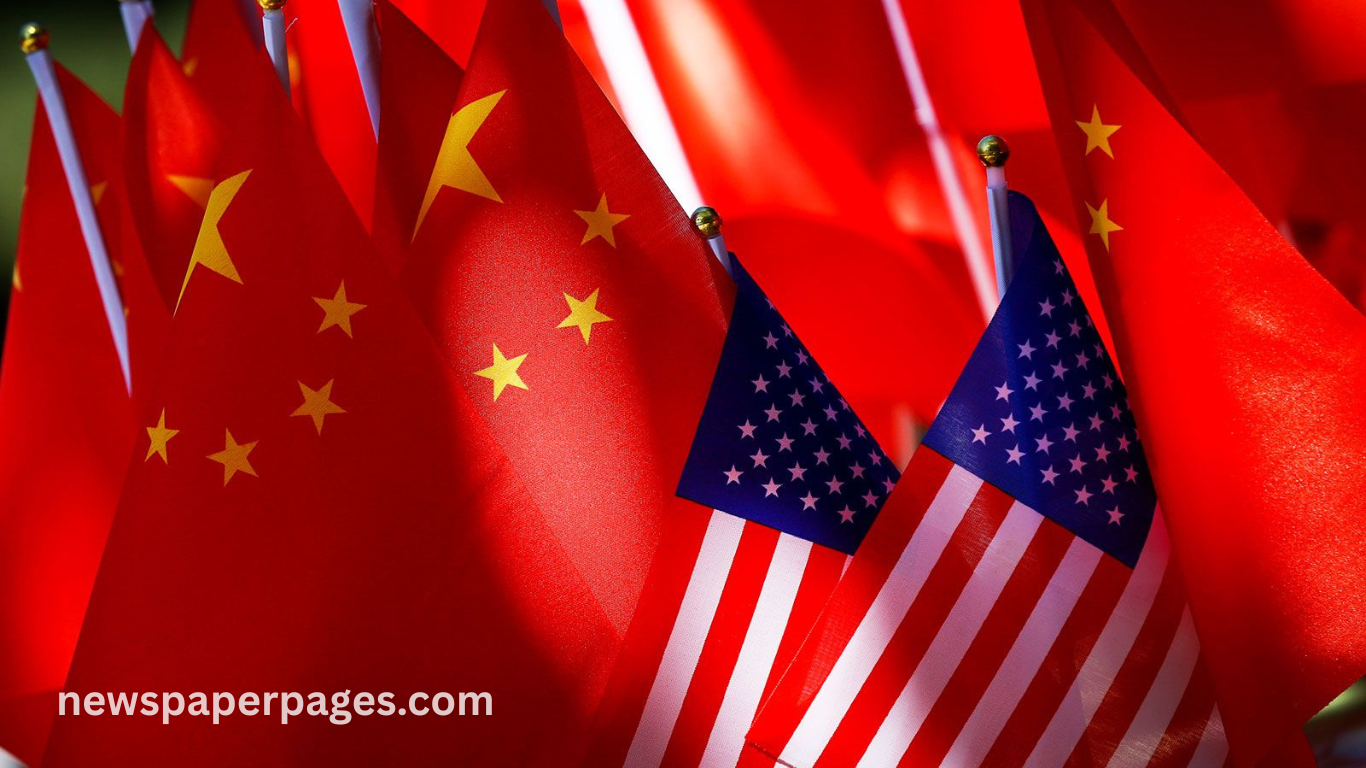Tensions between the United States and China over trade have once again taken center stage. With tariffs still impacting billions of dollars in goods, any move toward resolution is closely monitored by global markets and political analysts alike. In a significant development, China has confirmed it is currently “evaluating” a recent offer from the United States to reopen negotiations on tariffs. This decision could reshape not only bilateral trade dynamics but also the broader international economic landscape.
The timing of the offer is notable, coming amid ongoing challenges, including inflationary pressures, slowing global trade, and increasing geopolitical friction. The international business community is watching closely as even small shifts in tariff policies between the world’s two largest economies can ripple across industries worldwide. China’s response could signal either a step toward de-escalation or further economic brinkmanship, depending on the nature of the discussions and mutual concessions.
China’s Position on US Tariff Talks
China has expressed cautious interest in the US offer but has yet to commit to formal negotiations. Beijing officials have emphasized that any talks must be grounded in mutual respect and fairness. Their evaluation process involves consultations with domestic stakeholders, including industrial leaders and economic strategists. Analysts believe that China sees this as an opportunity to reduce trade friction while securing advantageous terms.
Background of US-China Tariff Disputes
The U.S.-China tariff war began in 2018 when the Trump administration imposed tariffs on Chinese goods to pressure Beijing on trade practices. China retaliated with its levies, igniting a tit-for-tat economic conflict. Although some tariffs were lifted under the 2020 Phase One agreement, many remain in place. The Biden administration has maintained much of this structure while signaling openness to revisiting terms.
Economic Impact of the Tariffs So Far
Tariffs between the two nations have led to increased costs for businesses and consumers. US importers have faced higher prices on goods ranging from electronics to machinery. In China, export-focused industries have felt the pinch, particularly in sectors reliant on US demand. A potential easing of tariffs could alleviate inflationary pressures and provide relief to global supply chains.
Political Considerations Influencing Negotiations
The tariff issue is deeply tied to domestic politics in both countries. In the US, upcoming elections may pressure the administration to demonstrate economic leadership and strength against China. In China, maintaining stability and economic momentum remains a priority. Leaders in both capitals must weigh public sentiment, political optics, and long-term strategic goals when approaching negotiations.
Read More : OPEC+ decides to maintain elevated oil production in June
Industries Most Affected by the Tariff Disputes
Several key industries have borne the brunt of the tariff standoff. In the US, the agriculture, tech, and manufacturing sectors have seen declining exports and increased costs. Chinese exporters in electronics, textiles, and auto parts have similarly been affected. These sectors are lobbying hard for their governments to reach a deal that removes or reduces tariffs.
Global Reaction to Potential Talks
International stakeholders, including the EU, ASEAN, and major corporations, are closely watching for developments. Many support dialogue and de-escalation, hoping for a more stable global trade environment. Stock markets have shown sensitivity to tariff-related news, reflecting the widespread economic impact of this bilateral issue. A successful negotiation could boost investor confidence and stabilize markets.
Challenges Facing Potential Trade Negotiations
Despite mutual interest in reducing tariffs, significant challenges remain. Core issues such as intellectual property rights, subsidies, and market access continue to divide Washington and Beijing. Additionally, strategic competition in areas like semiconductors and green energy complicates the dialogue. Any future agreement would need to address these concerns in a balanced manner.
Frequently Asked Questions
What tariffs are currently in place between the US and China?
Tariffs cover hundreds of billions of dollars in goods, including electronics, textiles, machinery, and agricultural products.
Why did the US initially impose tariffs on China?
The tariffs began in 2018 to address issues such as intellectual property theft, trade imbalances, and forced technology transfers.
What is China’s primary concern in the tariff negotiations?
China seeks fair treatment, reduction in tariffs, and recognition of its economic model without heavy US interference.
How do tariffs affect American consumers?
Tariffs often lead to higher prices on imported goods, which can raise costs for businesses and consumers alike.
Have previous talks between the US and China been successful?
Past talks led to the Phase One agreement in 2020, which saw limited tariff reductions and agricultural commitments from China.
How do tariffs influence the global economy?
They disrupt global supply chains, affect commodity prices, and create uncertainty for multinational businesses.
Could an agreement be reached before the US elections?
It’s possible, but political calculations and ongoing strategic tensions may delay a comprehensive deal.
What role do multinational companies play in tariff negotiations?
Companies often lobby governments, share impact data, and advocate for policies that reduce trade barriers and stabilize markets.
Conclusion
China’s evaluation of the US tariff negotiation offer marks a potential turning point in a years-long trade conflict. As both nations weigh their next steps, businesses and governments worldwide await clarity. A renewed dialogue could ease economic tensions and pave the way for more balanced trade relations. Stay informed as developments unfold in this high-stakes global issue.

